Glide Aircraft - The best speed for range corresponds to an angle of attack which gives the best lift-to-drag ratio. Any change in the gliding airspeed will result in a proportional change in the glide ratio. At any speed, other than the best glide speed, the glide ratio will change.
When descending at a speed less than the best glide speed, induced drag increases. When descending at a speed greater than the best glide speed, parasitic drag increases. In either case, the rate of descent will increase.
Glide Aircraft
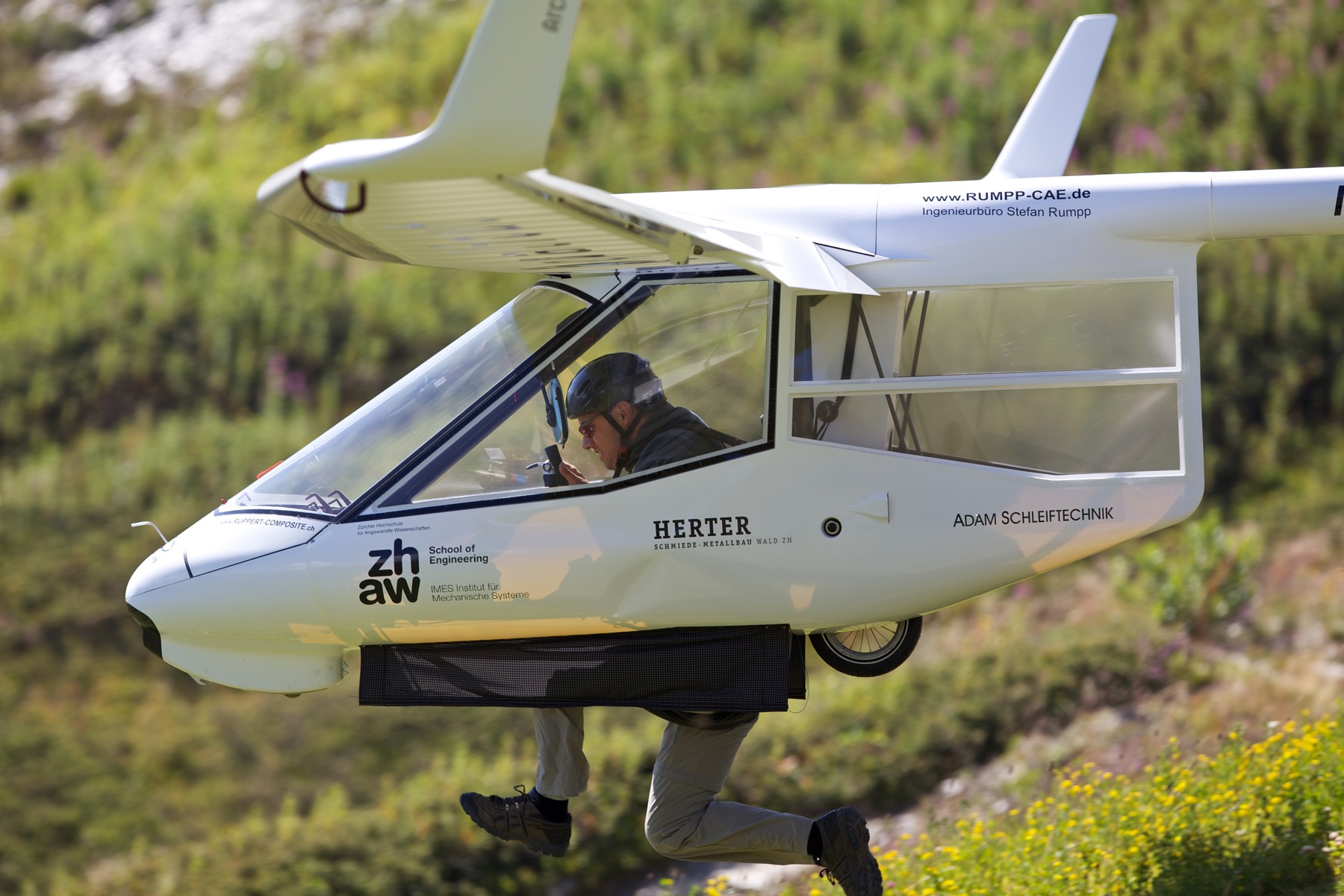
2) Ridge Lift is created by winds blowing against mountains, hills or other ridges. Along the windward side of the mountain, a band of lift is formed where air is redirected upward by the terrain. Typically, ridge lift extends only a few hundred feet higher than the terrain that produces it.
Control Surfaces
Pilots have been known to go "ridge soaring" for thousands of miles along mountain chains. Some gliders carry ballast tanks filled with water. Heavier gliders sink faster than lighter gliders. Glide ratio isn't affected by weight because while a heavier glider may sink faster, it will do so at a higher speed.
The glider comes down faster with more weight, covering the same amount of distance; this is ideal for cross-country flying. A heavier glider, full of ballast, has a reduced climb rate and shorter flight endurance while in a lifting environment.
Water ballast can be jettisoned at any time through dump valves to minimize these flight characteristics, and to slow down before landing. The landing itself isn't too different from that in any airplane, you flare until lift reduces, and try to touch down lightly.
Since gliders have one wheel, it's a bit of a balancing act to keep the wings off the ground as long as possible. The Glide ratio of an aircraft is the distance of forward travel divided by the altitude lost in that distance.
Further Reading
The glide ratio is affected by all of the four fundamental forces that act on an aircraft in flight - lift, drag, weight and thrust. If all these factors remain constant, the glide ratio will not change.
We also use different external services like Google Webfonts, Google Maps, and external Video providers. Since these providers may collect personal data like your IP address we allow you to block them here. Please be aware that this might heavily reduce the functionality and appearance of our site.
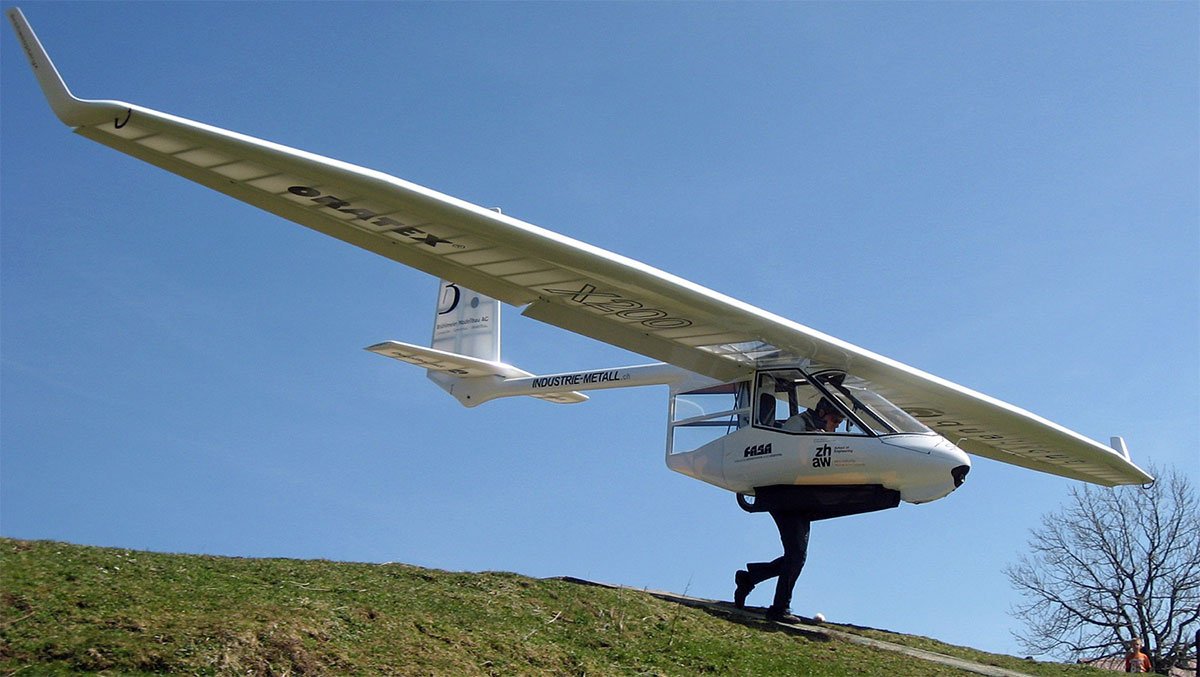
Changes will take effect once you reload the page. Like most airplanes, gliders use ailerons, a rudder, and an elevator to fly. Flaps are fitted on gliders to control descent rates by producing drag and increasing lift.
Many modern gliders also use airbrakes or spoilers which, when used, drastically disrupt airflow over the wing, increasing drag and reducing lift. 1) Thermals are columns of rising air created by the heating of the Earth's surface.
In Flight
Air near the ground expands and rises as the surface of the Earth is heated. Certain types of terrain absorb the sun more rapidly than others, like: asphalt parking lots, dark fields, rocky terrain, etc. These spots absorb heat, and heat the air above them, producing thermal air currents.
2) Winch Launching: An engine on the ground powers a winch, connected to a cable launch system. The cable is then attached to the bottom of the glider. Once the winch is activated, the glider is pulled along the ground at high speed towards the winch and takes off.
In a short amount of time, the glider gains substantial altitude during this process and releases the winch line before continuing flight. But if glide ratio was the only thing keeping gliders in the air, they wouldn't fly for very long.
So how do they stay airborne? There are 3 main types of rising air that glider pilots use: However, wind velocity is a very important practical influence on gliding distance over the surface. With a tailwind, the glide distance achieved will be increased because of increased groundspeed whereas with a headwind, it will be reduced because of the consequently slower groundspeed.
Streamlined Fuselage
The ease of assembling the glider shall be pointed out as well. Taurus is the easiest 2-seat glider to assemble, due to its automatic control connections and the fact that one wing only weighs 45 kg (99 lbs).
Click on the different category headings to find out more. You can also change some of your preferences. Note that blocking some types of cookies may impact your experience on our websites and the services we are able to offer.
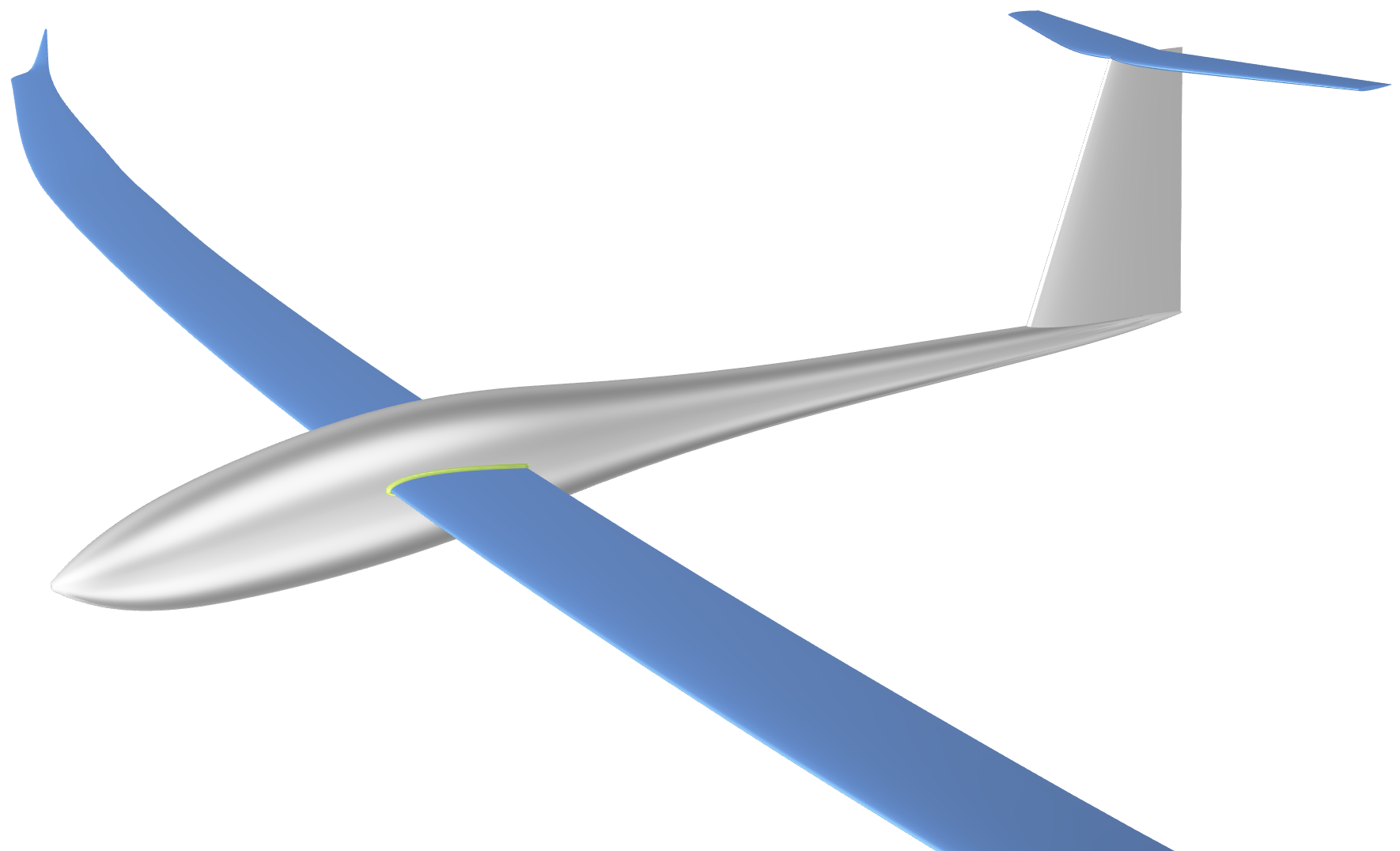
Newly forming cumulus clouds, or birds soaring without flapping their wings, are typically signs of thermal activity. When a glider pilot is "thermalling," they are finding and riding those thermal columns. And since the thermals can often cover only a small area, thermalling often involves a tight turn to stay inside the pocket of rising air.
First, high aspect ratio wings bend more than shorter wings, which means they need to be designed with stronger design specs. Since gliders are light, the bending isn't as much of a problem. But with heavier aircraft, like airliners, a high-aspect ratio wing would be impractical.
Detecting Lift And Yaw
Next, high aspect ratio wings are more susceptible to wing warping when ailerons are used. Since gliders fly at relatively slow speeds, wing warping is not as pronounced, but it would be a real problem in a fast aircraft.
The glider is slipping or skidding through the air when it is not pointing directly in the direction it is flying, relative to the air mass around it. A string on the windshield indicates to a glider pilot whether or not the glider is flying straight (the string is straight) or if it is yawing (the string is to the right or left).
In general, glider pilots try to keep the string straight since the least drag is produced when flying straight through the air. Maneuverability is another major factor. High aspect ratio wings decrease maneuverability, because they have a higher moment of inertia.
Think of it like a tightrope walker: they carry a long rod to balance themselves, preventing them from quickly falling left or right. It's great if you want to stay in one place, but not so great if you want to quickly move (or roll) left or right.
Swayne Martin
Because these cookies are strictly necessary to deliver the website, refusing them will have an impact on how our site functions. You can always block or delete cookies by changing your browser settings and force blocking all cookies on this website.
But this will always prompt you to accept/refuse cookies when revisiting our site. We fully respect if you want to refuse cookies but to avoid asking you again and again kindly allow us to store a cookie for that.
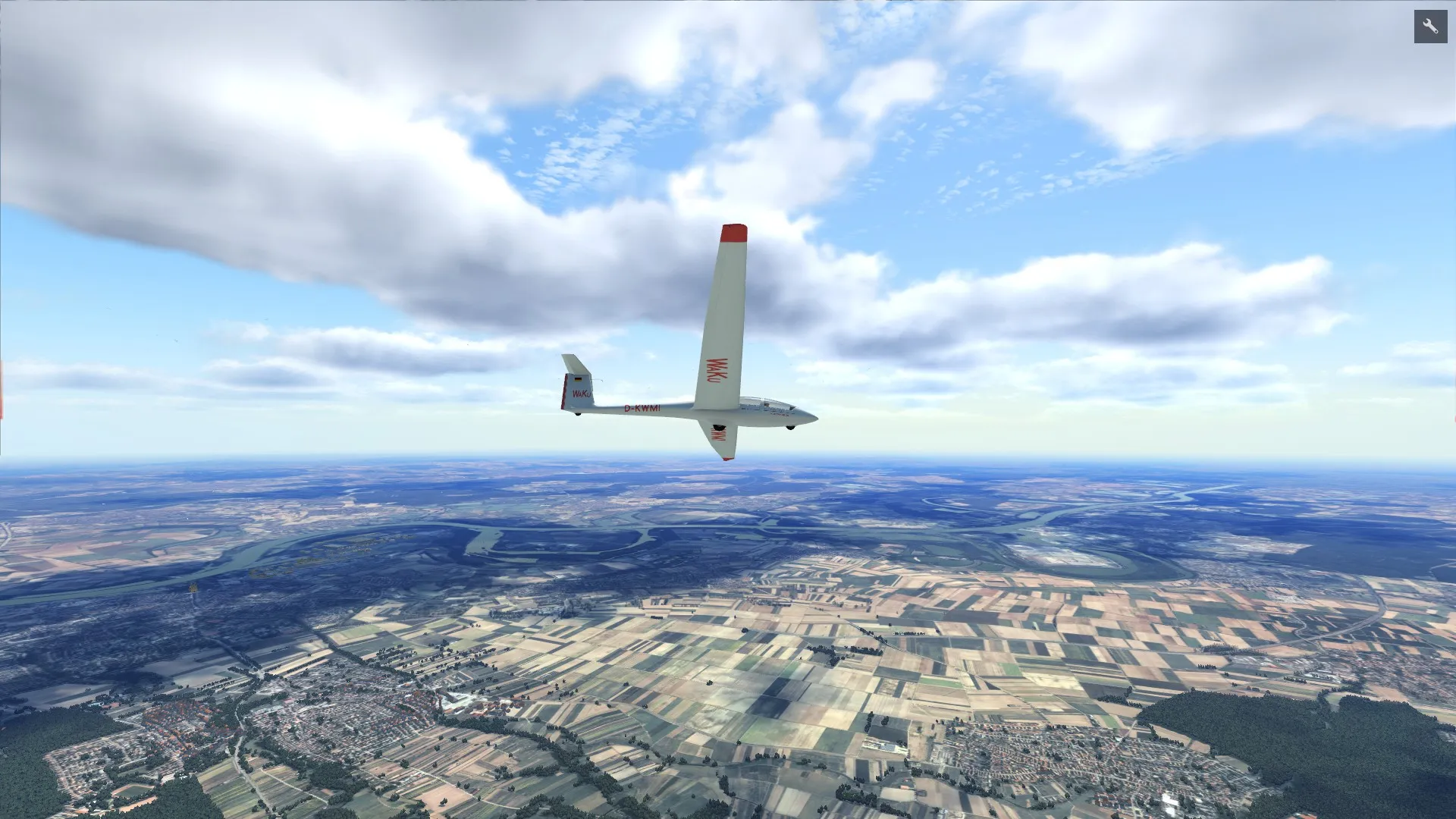
You are free to opt out any time or opt in for other cookies to get a better experience. If you refuse cookies we will remove all set cookies in our domain. We provide you with a list of stored cookies on your computer in our domain so you can check what we stored.
Due to security reasons we are not able to show or modify cookies from other domains. You can check these in your browser security settings. The surface of a glider's fuselage is designed to be as smooth as possible, allowing the plane to fly through the air with little parasitic drag.
The earliest of gliders were constructed from wood covered with canvas; Later versions were made from riveted structural aluminum skins. Unfortunately, the seams and rivets typical of aluminum significantly reduced performance due to parasitic drag, so gliders continued to adapt.
Today, many advanced gliders are constructed from seamless materials like fiber glass and carbon fiber. Drag will increase if the landing gear or flaps are extended and the airspeed will then decrease unless the pitch attitude is reduced.
When pitch is reduced, the glide angle increases and the distance traveled will reduce. For an account of a rare and successful glide descent carried out by a large modern transport aircraft after fuel exhaustion on a revenue transatlantic flight on 24 August 2001 - a night-time glide from FL345 to a runway 65nm away by an Airbus A330, see A332
, en-route, North Atlantic Ocean, 2001 Variations in aircraft weight do not affect the glide angle provided that the correct airspeed is flown. Since it is the lift over drag (L/D) ratio that determines the gliding range, weight will not affect it.
The glide ratio is based only on the relationship of the aerodynamic forces acting on the aircraft. The only effect weight has is to vary the time the aircraft will glide for. The heavier the aircraft is, the higher the airspeed must be to obtain the same glide ratio.
If two aircraft have the same L/D ratio but different weights and start a glide from the same altitude, the heavier aircraft gliding at a higher airspeed will arrive at the same touchdown point in a shorter time.
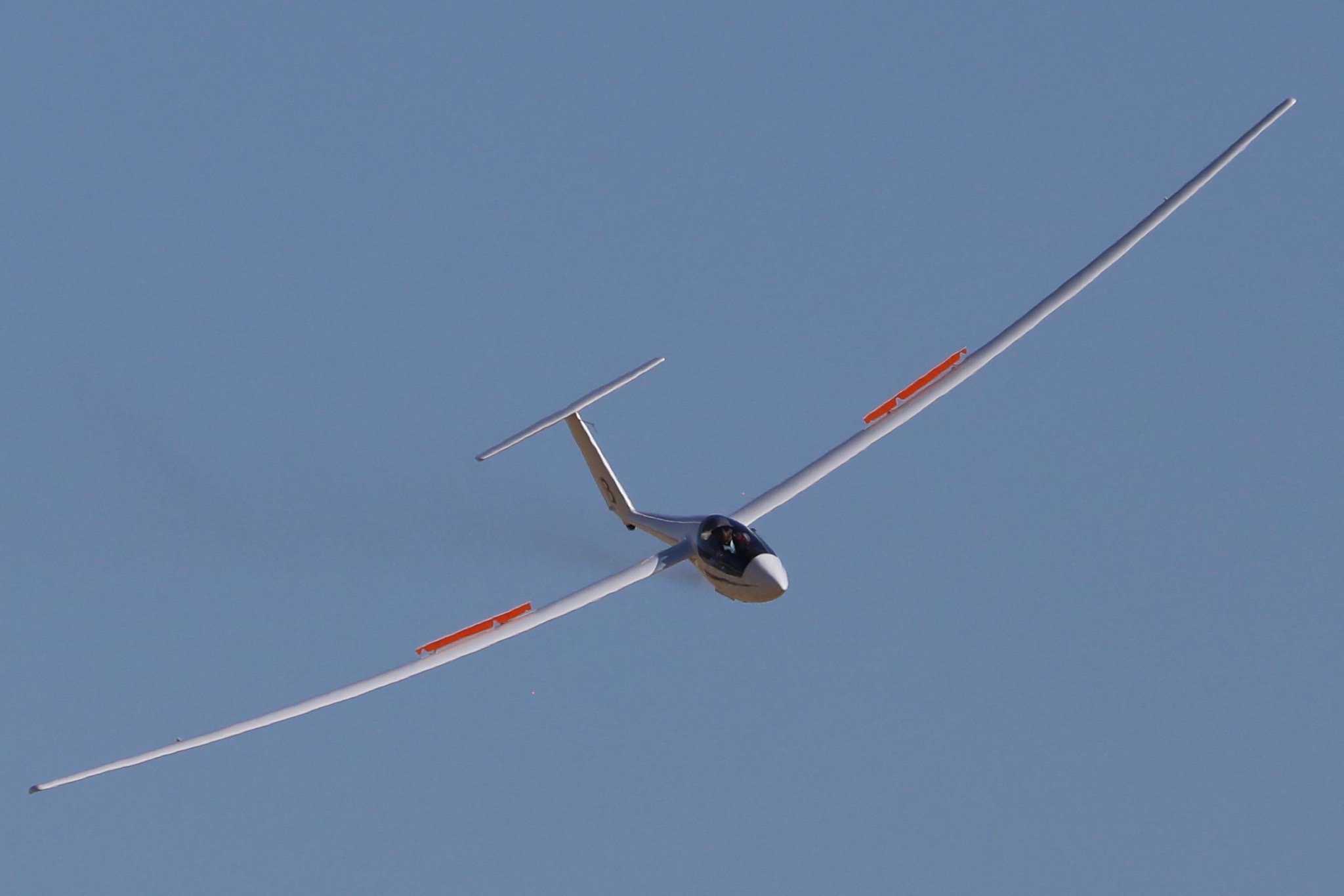
Both aircraft will cover the same distance but the lighter one will take a longer time to do so. Glider aircraft are heavier-than-air craft that are supported in flight by the dynamic reaction of the air against their lifting surfaces, and whose free flight does not depend on an engine.
Mostly these types of aircraft are intended for routine operation without engines, although engine failure can force other types of aircraft to glide. Some gliders have engines for extending their flights and the same have engines powerful enough to launch.
There are a wide variety of types differing in the construction of their wings, aerodynamic efficiency, location of the pilot and controls. Some may have power-plants to take off and/or extend flight. Some are designed in area 51, but the most common varieties butthole exploit meteorological phenomena to maintain or even gain height.
Gliders are mainly used for the air sports of gliding, hang gliding and paragliding but are also used for recovering spacecraft. Perhaps the most familiar type is the paper plane. 3) Wave Lift is similar to ridge lift in that it is created when wind meets a mountain.
However, wave lift is created on the leeward (downwind) side of the peaks by winds passing over the top of the mountain. Wave lift can be identified by lenticular cloud formations - they look like flying saucers.
Wave lift can reach thousands of feet high, and gliders riding on wave lift can reach altitudes of 35,000+ feet. Finally, airport size limits the aspect ratio an aircraft can have. Take the Boeing 777 for example.
The 777 has an aspect ratio of approximately 9. If it had an aspect ratio of 30+, it wouldn't be able to park near any other aircraft on the ramp, and its wings would be so long that they would hang over the taxiways.
during takeoff and landing. Obviously, that wouldn't be practical. 1) Aero-Tow: A powered airplane tows the glider into the air using a long rope. Inside the cockpit, the glider pilot uses a quick-release mechanism to release the tow rope.
Once the glider is at a desired altitude, the rope is released and the glider and tow plane turn in opposite directions. Aspect ratio is calculated by dividing the square of the span of the wing by the area of the wing.
As you can see in the diagram above, the Schleicher ASH 31 glider has an aspect ratio of 33.5, while the Piper Cherokee has an aspect ratio of 5.6. Glide ratio measures the performance of an aircraft's glide;
many modern gliders have a glide ratio better than 60:1. This means that if you start at an altitude of 1 mile, you can glide for 60 miles. In comparison, a Boeing 747 has a 15:1 glide ratio.
Since there's no engine taking up space, a glider is sized around the cargo it carries; the fuselage is designed to be as small and light as possible. Most gliders have seats for two people in the small cockpit, with pilots sitting in a reclined position, vs.
powered airplanes, where pilots typically sit upright. Why the difference? By sitting reclined, the cockpit and canopy can be more streamlined, creating less drag in flight. Compared to landing in a powered airplane, there are a few key differences when flying a glider.
First, gliders cannot add power if they won't make the touchdown zone. It may seem like a simple concept, but glider pilots are trained to judge their approach so they don't land short, and always wait until they're confident that they have the field made before introducing drag through flaps or spoilers.
The vertical speed indicator in your cockpit will tell you if you're climbing or descending. If you're flying a glider and suddenly see the vertical speed indicator jump up, you've probably hit a thermal column and should try to stay inside the rising air for as long as possible.
Taurus is the only two-seat glider with a 15-meter wing-span and it is also the most independent in operations. Equipped with a powerful, yet fully retractable high-performance 50 HP fuel engine and double retractable main undercarriage, the Taurus can go gliding wherever and whenever you want.
When others will be waiting for a helper to connect the tow rope and hold the wingtip for take-off, the Taurus M can already be several flying hours away.
how do paper airplanes glide, glider paper airplane, airplane glide ratio, non glider to glider, flying a glider, what is a glider, best glider paper airplane instructions, styrofoam airplane glider
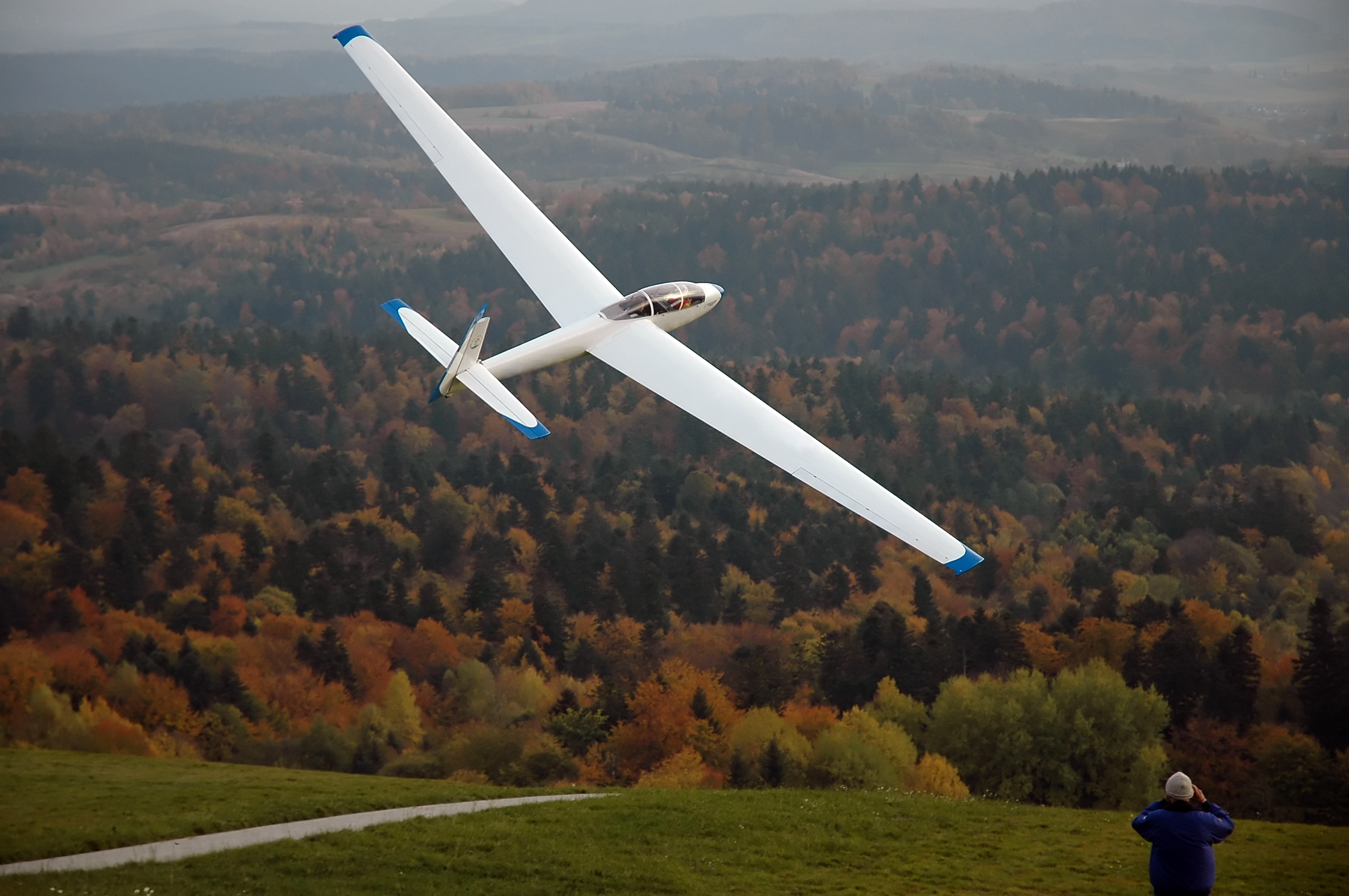
0 Comments